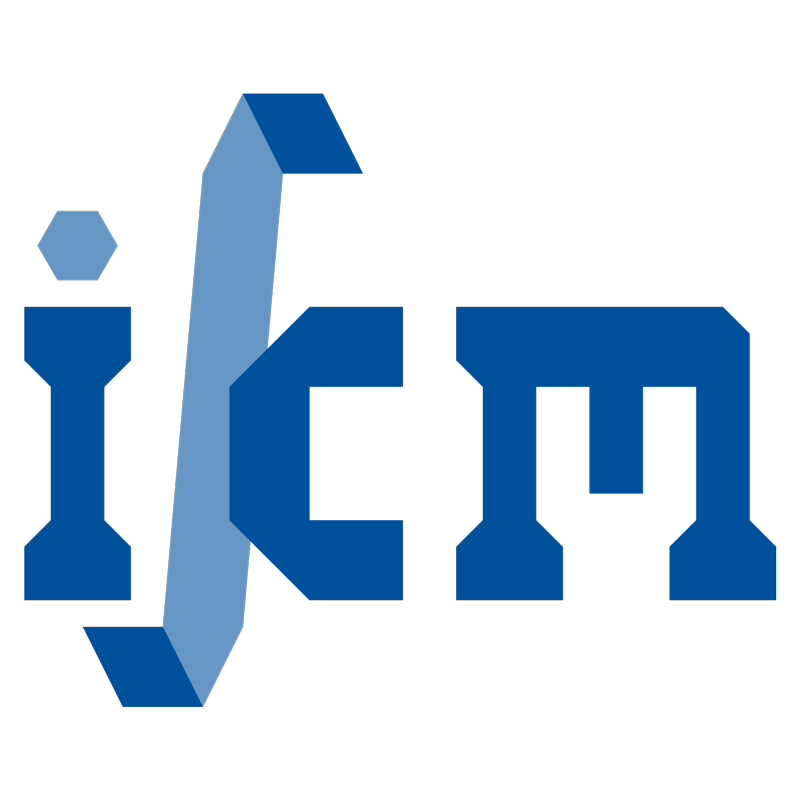Application of adaptive virtual element method to thermodynamic topology optimization
- authored by
- Mertcan Cihan, Robin Aichele, Dustin Roman Jantos, Philipp Junker
- Abstract
In this work, a low-order virtual element method (VEM) with adaptive meshing is applied for thermodynamic topology optimization with linear elastic material for the two-dimensional case. VEM has various significant advantages compared to other numerical discretization techniques, for example the finite element method (FEM). One advantage is the flexibility to use arbitrary shaped elements including the possibility to add nodes on the fly during simulation, which opens a new variety of application fields. The latter mentioned feature is used in this publication to propose an adaptive mesh-refinement strategy during the thermodynamic optimization procedure and investigate its feasibility. The thermodynamic topology optimization (TTO) includes a efficient gradient-enhanced approach to regularization of the otherwise ill-posed density based topology optimization approach and was already applied to various material models in combination with finite elements. However, the special numerical treatment leading to efficiency of the regularization approach within the TTO has to be modified to be applicable to VEM, which is presented in the publication. We show the performance of this framework by investigating several numerical results on benchmark problems.
- Organisation(s)
-
Institute of Continuum Mechanics
- Type
- Article
- Journal
- International Journal for Numerical Methods in Engineering
- Volume
- 125
- ISSN
- 0029-5981
- Publication date
- 07.11.2024
- Publication status
- Published
- Peer reviewed
- Yes
- ASJC Scopus subject areas
- Numerical Analysis, General Engineering, Applied Mathematics
- Electronic version(s)
-
https://doi.org/10.1002/nme.7575 (Access:
Open)
-
Details in the research portal "Research@Leibniz University"


